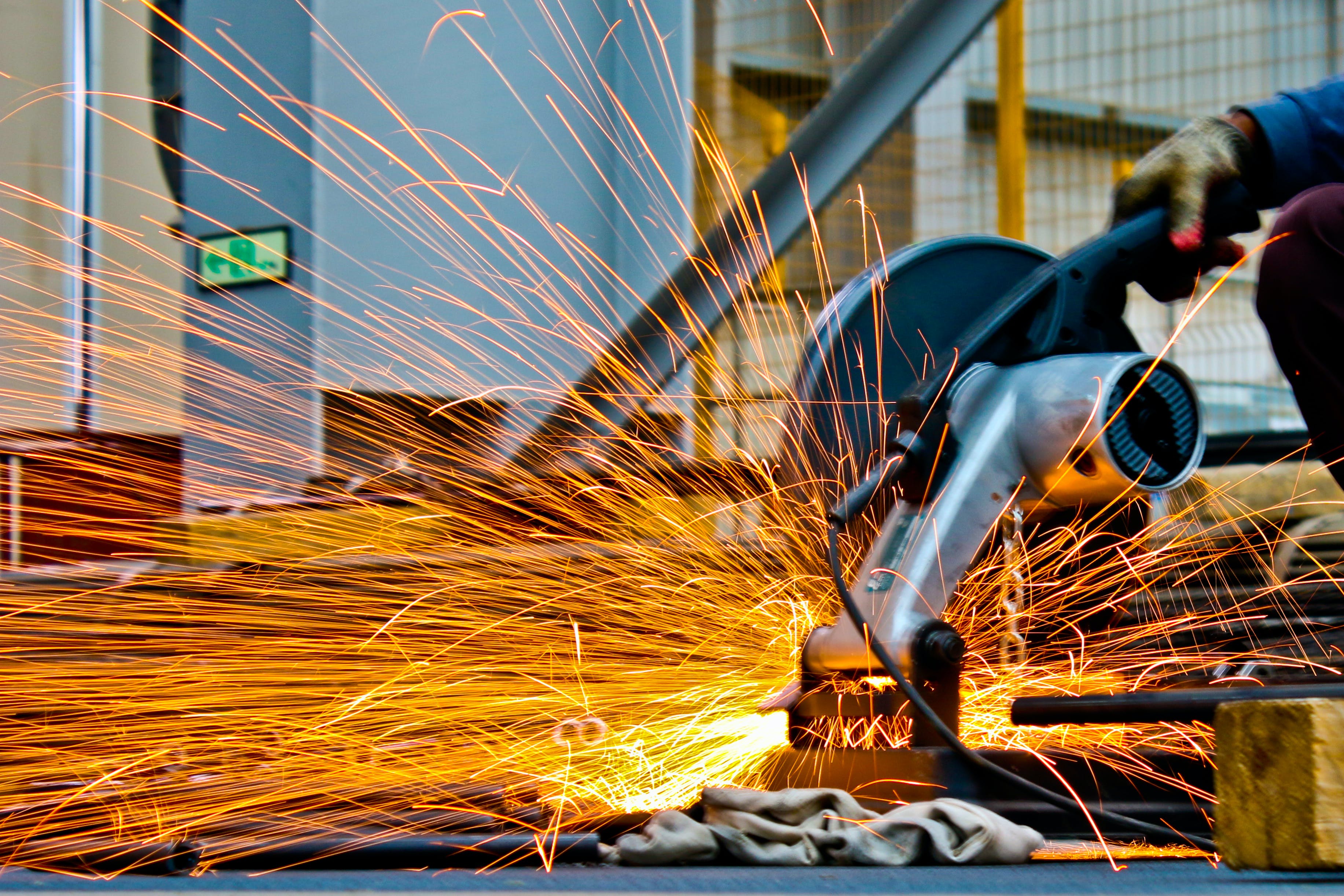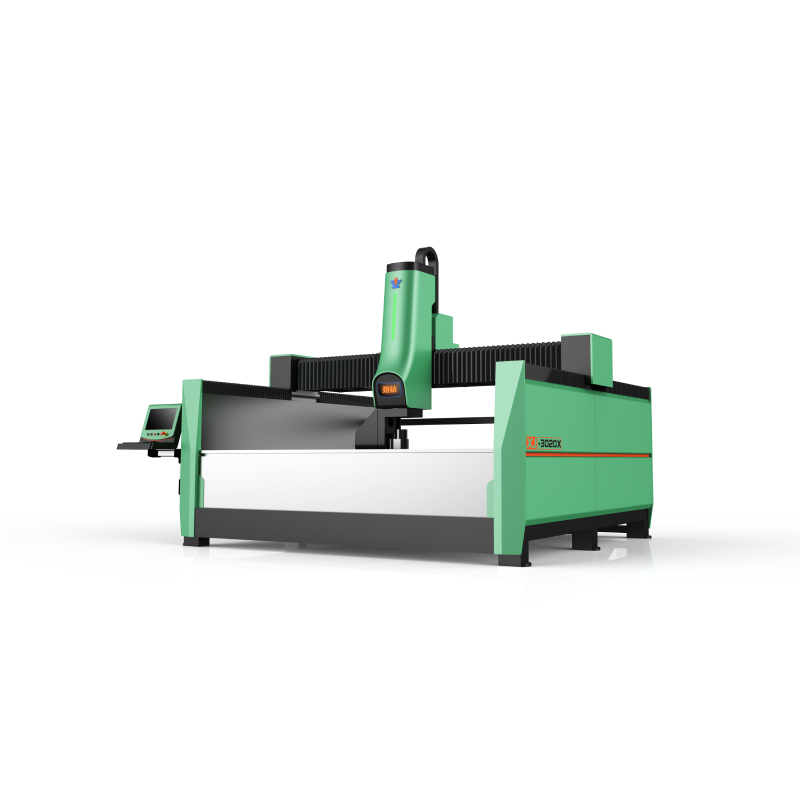In the world of stoneworking, where durability meets artistry, the tools that shape natural stone have evolved dramatically over the decades. From traditional chisels and hammers to computer numerical control (CNC) routers, each innovation has pushed the boundaries of what’s possible with granite, marble, limestone, and other hard stone materials. Today, 5-axis stone engraving machines stand at the forefront of this evolution, redefining efficiency, precision, and design freedom for craftsmen, architects, and manufacturers alike.
What Makes 5-Axis Stone Engraving Machines Unique?
Unlike 3-axis machines, which operate along the X, Y, and Z linear axes, 5-axis systems add two rotational axes (typically A and C, or B and C). This extra degree of movement isn’t just a “nice-to-have”—it’s a game-changer for stone, a material known for its density and brittleness. Let’s break down their core features and why they matter for stone fabrication:
1.Unmatched Maneuverability for Complex Shapes
Stone carving often demands intricate details: curved countertops, sculptural facades, or custom (tombstones) with 3D reliefs. 3-axis machines struggle here—they require repositioning the stone multiple times to access hard-to-reach areas, increasing the risk of errors and material waste. With 5 axes, the spindle (the part that holds the cutting tool) can tilt and rotate around the stone, reaching every angle in a single setup. This means no more manual adjustments, no more mismatched seams, and the ability to create seamless, organic shapes that were once impossible with CNC technology.
2. High Precision Even on Hardest Stones
Granite, with a Mohs hardness rating of 6-7, can wear down tools and compromise accuracy if a machine lacks stability. 5-axis stone engravers are built with heavy-duty frames, high-torque motors, and advanced feedback systems that ensure every cut is precise to within 0.01mm. This level of accuracy is critical for applications like kitchen countertops, where tight seams between stone slabs must be invisible, or architectural details that need to match digital designs exactly.
3. Reduced Material Waste and Faster Production
Stone is expensive—wasting even a small slab due to a cutting error can cost hundreds of dollars. 5-axis machines minimize waste by optimizing tool paths: their software calculates the most efficient way to carve, avoiding overcuts and ensuring maximum use of each slab. Additionally, since they don’t require repositioning, production times are cut by 30-50% compared to 3-axis machines. For manufacturers handling large orders, this speed translates to faster turnaround and higher profit margins.
4. Compatibility with Diverse Stone Types
Whether you’re working with soft marble (ideal for sculptures) or dense basalt (used in outdoor paving), 5-axis machines adapt. They support a range of cutting tools—from diamond-tipped end mills for fine detailing to large routers for rough shaping—and their software allows operators to adjust parameters (speed, feed rate, spindle power) based on the stone’s properties. This versatility means one machine can handle multiple projects, from delicate art pieces to heavy-duty construction components.
Real-World Applications: Where 5-Axis Stone Engravers Shine
The flexibility of 5-axis technology makes it indispensable across several key industries. Here are some of the most impactful use cases:
1. Architectural Stonework
Architects and builders rely on 5-axis machines to create custom stone elements that elevate a building’s design. Think curved stone columns for a historic-style museum, 3D-engraved facade panels for a modern office tower, or intricate cornices that replicate classical designs.
2. Custom Furniture and Interior Design
Kitchen and bathroom designers are using 5-axis machines to craft one-of-a-kind countertops with curved edges, integrated sinks, or even personalized engravings (like family crests or quotes). In luxury homes, marble fireplace surrounds with sculpted floral patterns or granite coffee tables with organic, flowing shapes are now easier to produce—all thanks to the machines’ ability to carve complex curves without seams.
3. Memorial and Monument Creation
Tombstones, mausoleums, and war memorials require both precision and sentimentality. 5-axis engravers can etch high-resolution portraits, detailed religious symbols, or even 3D reliefs of loved ones into stone—something that was once only possible with skilled hand carvers (and took weeks to complete). Today, a memorial company can produce a custom tombstone in 1-2 days, with details that honor the deceased more accurately than ever before.
4. Art and Sculpture
Contemporary artists are pushing the limits of stone art with 5-axis technology. Sculptors like Italy’s Marco Guazzini use 5-axis machines to create abstract marble pieces with smooth, interlocking curves that would be physically impossible to carve by hand. The machines allow artists to translate digital sketches directly into stone, preserving their creative vision while saving time on labor-intensive rough work.
The Future of Stone Fabrication: What’s Next for 5-Axis Tech?
As technology advances, 5-axis stone engraving machines are only getting better. Here are two trends to watch:
AI-Powered Tool Path Optimization: New software uses artificial intelligence to analyze stone slabs (including natural flaws like veins or cracks) and adjust tool paths in real time. This not only reduces waste but also ensures that flaws are hidden in non-visible areas of the final product.
Integration with 3D Scanning: Pairing 5-axis machines with 3D scanners allows for “reverse engineering” of existing stone pieces. For example, if a historic building’s stone window sill is damaged, a scanner can capture its exact dimensions, and the 5-axis machine can carve an identical replacement—no manual measurements needed.
Is a 5-Axis Stone Engraving Machine Right for You?
If you’re a stone fabricator, artist, or architect looking to:
Create complex, seamless designs that 3-axis machines can’t handle
Reduce material waste and speed up production
Work with a wide range of stone types without compromising precision
Then a 5-axis stone engraving machine is an investment worth considering. While the initial cost is higher than 3-axis systems, the long-term savings in time, waste, and labor more than make up for it.
In the end, 5-axis technology isn’t just about making stoneworking easier—it’s about unlocking the full potential of stone as a material. Whether you’re building a skyscraper, designing a home, or creating a work of art, these machines are helping turn bold ideas into tangible, lasting reality.

